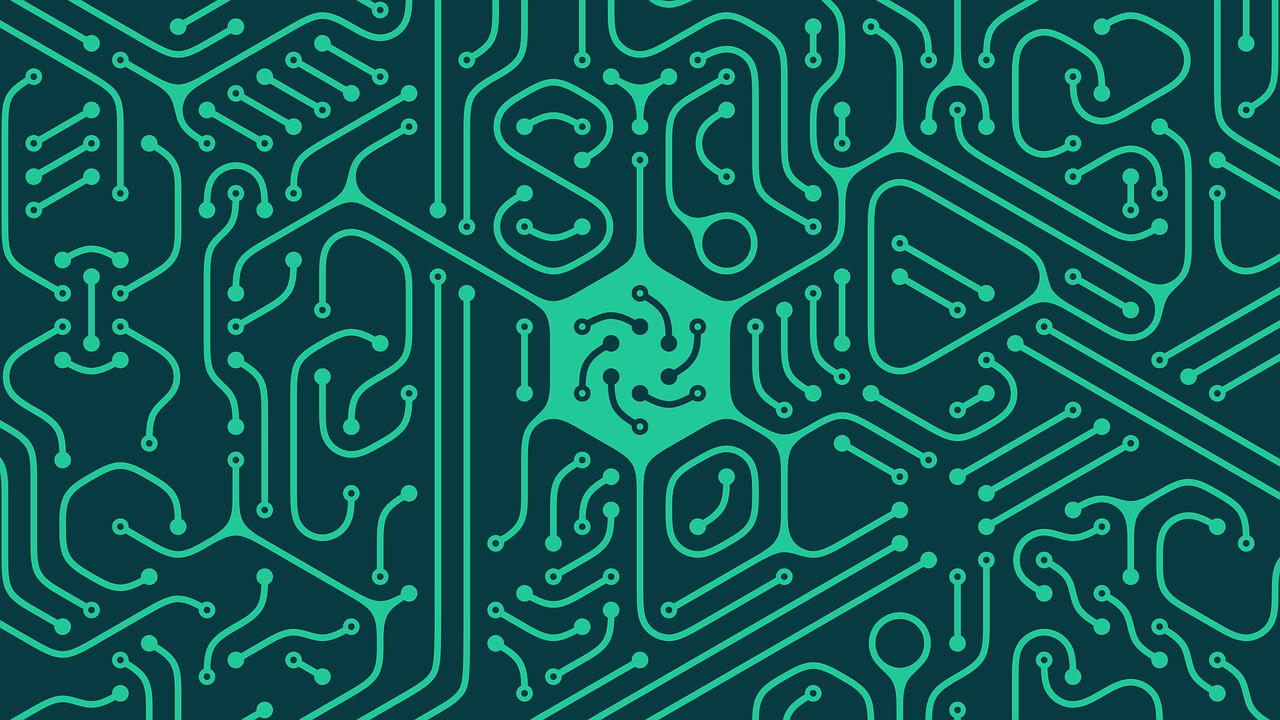In the expansive realm of artificial intelligence, training models to detect rare objects presents both a challenge and an opportunity. As the demand for specialized detection systems grows, mastering the art of training AI models becomes crucial. This article will guide you through the essential steps to train your AI model to effectively and accurately identify rare objects.
Understanding the Data
Before delving into the training process, it’s essential to comprehend the data you’ll be working with. Rare objects, by definition, may have limited representation in your dataset. Therefore, curating a diverse dataset that includes sufficient examples of these rare objects is the first crucial step. Annotate the data meticulously to provide the model with clear labels for training.
Choose the Right Architecture
Selecting an appropriate neural network architecture is pivotal to the success of your AI model. Convolutional Neural Networks (CNNs) are commonly used for object detection tasks, thanks to their ability to learn hierarchical features. More advanced architectures like YOLO (You Only Look Once) or SSD (Single Shot Multibox Detector) are well-suited for detecting multiple objects in an image, including rare ones.
Preprocessing and Augmentation
Prepare your dataset by implementing preprocessing techniques such as normalization and resizing. Augment the data by applying transformations like rotation, flipping, and changes in brightness. These augmentations help the model generalize better and improve its performance, especially when dealing with rare objects that may have variations in appearance.
Addressing Class Imbalance
Class imbalance is a common challenge when dealing with rare objects. To overcome this, employ techniques such as oversampling the minority class or using weighted loss functions during training. This ensures that the model gives equal importance to rare objects, preventing them from being overshadowed by more prevalent classes.
Transfer Learning
Leverage the power of transfer learning by using pre-trained models on large datasets. Fine-tune these models on your dataset containing rare objects. Transfer learning allows your model to inherit knowledge from tasks it has previously mastered, accelerating the training process and improving performance, even with limited data.
Implementing a Robust Evaluation Metric
Selecting an appropriate evaluation metric is crucial for assessing the performance of your model. Since rare objects are, by definition, infrequent, traditional metrics like accuracy may be misleading. Consider using metrics such as precision, recall, and F1 score, which provide a more nuanced understanding of your model’s performance, particularly concerning rare object detection.
Iterative Training and Fine-Tuning
Training an AI model is an iterative process. Monitor its performance closely and fine-tune hyperparameters as needed. If your model struggles with detecting rare objects, consider adjusting the learning rate, increasing the number of training epochs, or modifying the architecture to better suit the characteristics of the rare objects in your dataset.
Real-World Testing and Feedback
Once your model demonstrates promising results in the training environment, subject it to real-world testing. Evaluate its performance on data it has never seen before. Collect feedback, iterate on the model as needed, and continue refining its capabilities in detecting rare objects.
In conclusion, training an AI model to detect rare objects demands a combination of thoughtful data curation, model architecture selection, and meticulous training strategies. By following these essential steps and remaining adaptive in your approach, you can empower your AI model to excel in the challenging task of identifying rare objects with accuracy and reliability.
Photo by Luca Bravo on Unsplash
